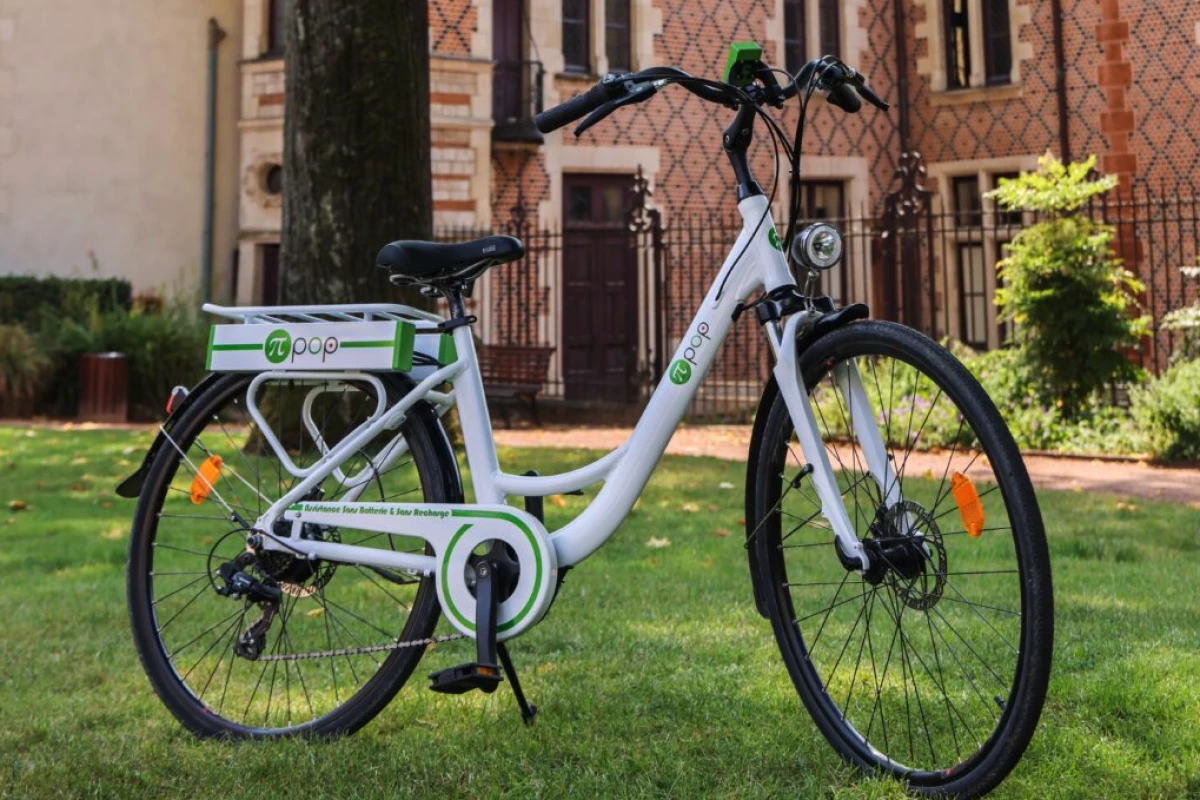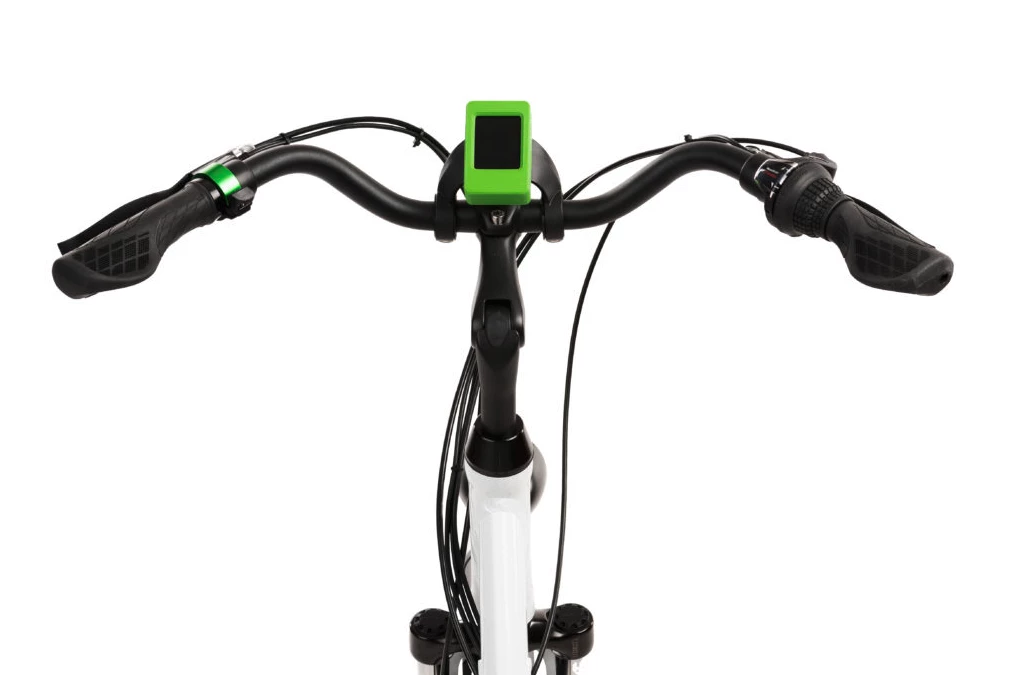The French-designed Pi-Pop ebike doesn't look like a hotbed of innovation at first glance. In fact, it looks more like a very basic urban ebike-sharing platform. Those looks are deceiving, however, as the step-through e-wheeler houses a unique electric-assist system that trades out the battery pack found on virtually every other ebike in favor of a more active supercapacitor-boosted system that collects energy on the flats and downhills, delivering it back by way of pedal-assist power during uphill slogs.
Pi-Pop has long looked for a different path to clean, sustainable urban bicycle commuting. Along with releasing three generations of battery-free supercap ebike over the past two years, it's dabbled in the design of a compact chain-free ebike system. Its gen-3 supercapacitor ebike went into production in mid 2023, incorporating evolutionary improvements over the second-generation version that include the addition of a torque sensor, suspension fork and updated component set.
Instead of using a battery pack that charges via hookup to the grid, Pi-Pop's electric bike stores and dispenses power more rapidly through the ups and downs of the ride. Its hardware siphons off energy from rider pedaling and regenerative braking, converts it into electricity and sends it to the supercapacitors stored in the long boxes that flank the rear rack. The impact on flat sections is designed to be minimal so as not to penalize the rider with noticeably difficult pedaling, and energy generation increases during downhill coasting and maxes out when the rider is actively braking.
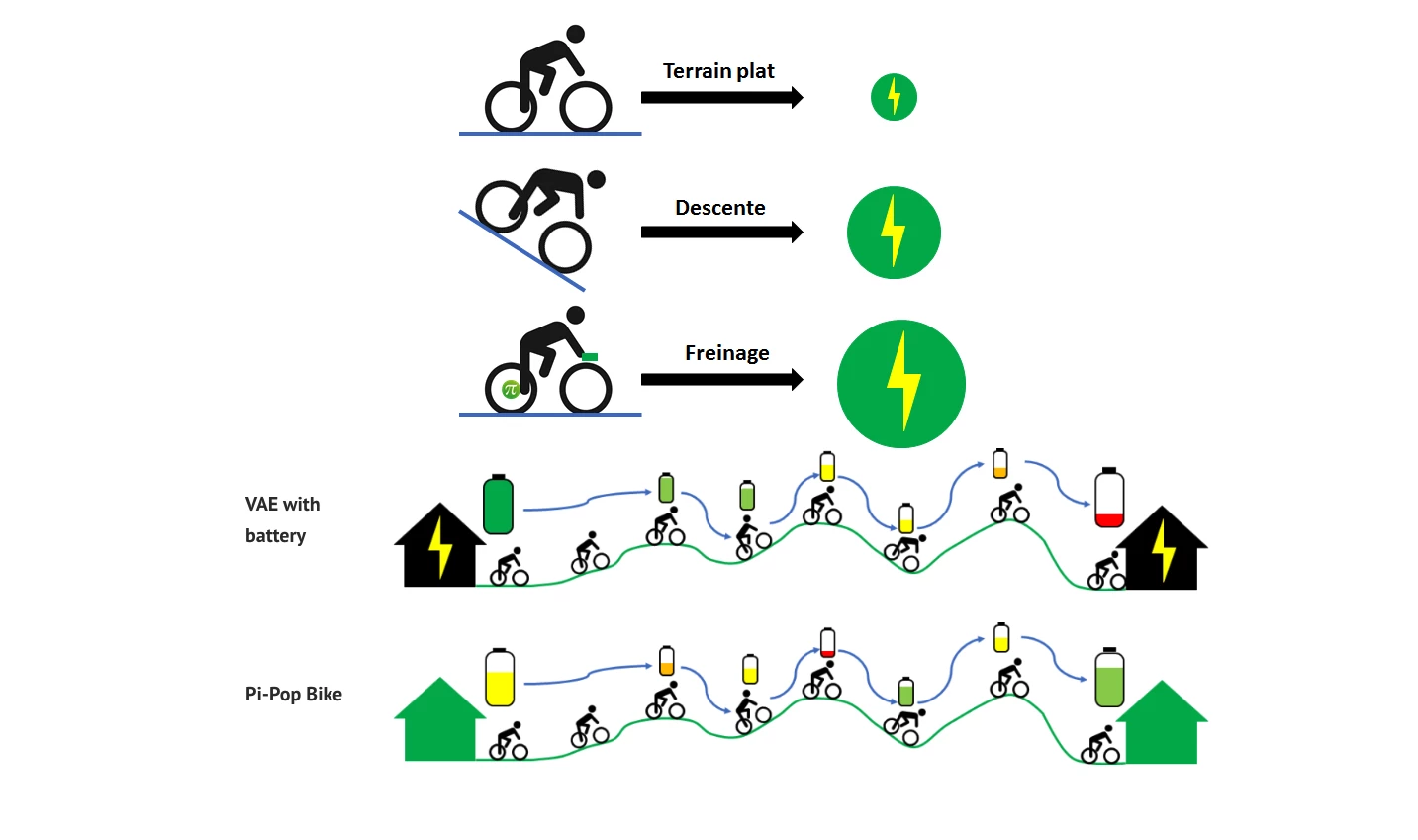
The stored electricity is automatically and immediately discharged when the rider starts pedaling uphill, providing up to 250 watts of electric pedal assistance to ease the climb. The whole charge/discharge process happens automatically through the ups, downs and flats, managed via sensors.
The first potential advantage that comes to mind when eliminating the battery from an ebike design is less weight and bulk, but Pi-Pop makes no mention of weight savings and the 48-lb (21.7-kg) bike definitely doesn't win any "world's lightest" awards. The long supercapacitor boxes don't look any sleeker than a modern battery pack, either.
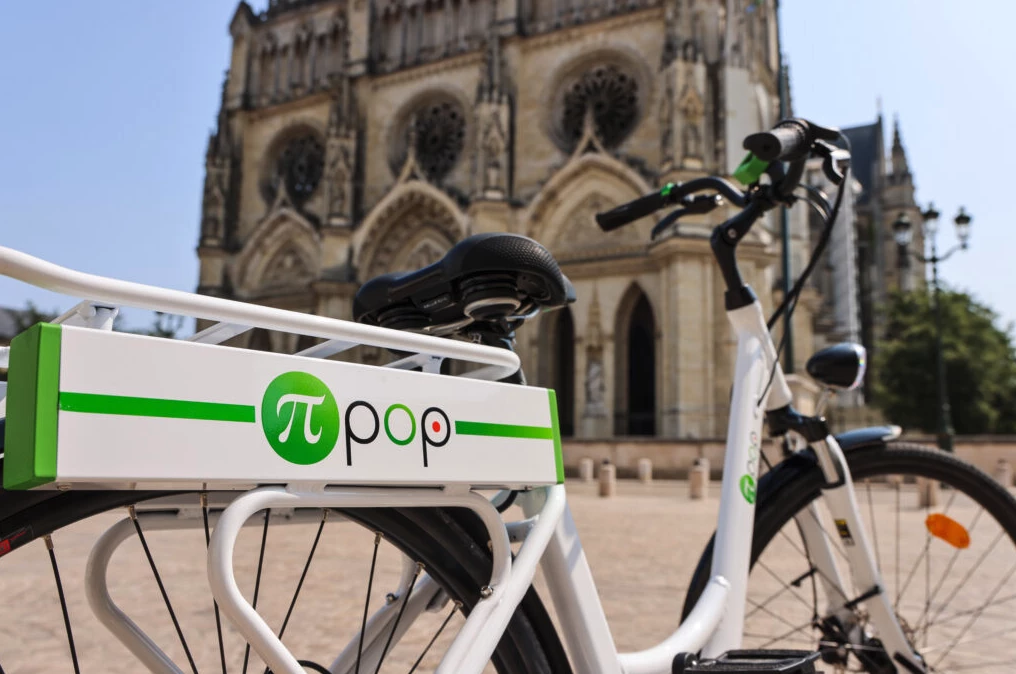
Instead, Pi-Pop emphasizes other advantages, saying that the supercaps don't require the sensitive materials involved in lithium battery production, relying instead on basic materials like aluminum, carbon, cellulose and polymer. It also says the supercaps last longer than batteries, providing an estimated lifecycle of 10 to 15 years. Much of the material is also readily recyclable at the end of that lifespan.
Not having a battery to charge also means the Pi-Pop bike is always ready to ride and never tethered to the grid. Hop on and let the bike charge up its own motor power and continue doing so throughout the ride. The supercapacitors will drain over time if left unused, and Pi-Pop estimates they could go from full to zero charge in about two months, so the first ride of the season might require a pre-charging lap or two if you intend to face an uphill out of the gate.
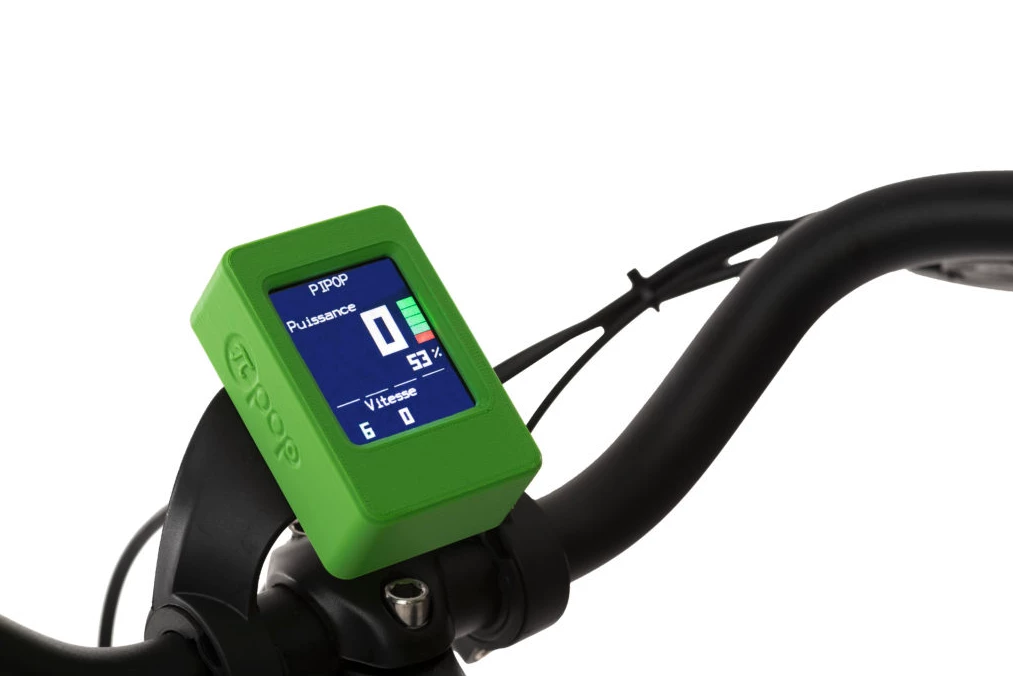
Pi-Pop does make clear that its system has a few limitations. Since the supercapacitors can only store small amounts of energy, the system will run out of juice on anything longer and/or steeper than a 10% grade over 1,640 feet (500 m) or so of distance. Around that point, the bike power will gradually reduce to nothing, leaving the rider pedaling (or walking) a heavy, non-electric bike up the remainder of the hill. The company, therefore, markets the bike at urban riders who will encounter modest hills while commuting around the city, not at buyers looking to cross the French Alps or otherwise tackle long, steep climbs.
According to a recent feature in Euronews, Pi-Pop assembles roughly 100 bikes per month at its Orléans, France headquarters. It is planning a tenfold production increase for 2024 and a greater European expansion thereafter. The third-generation Pi-Pop supercap ebike retails for €2,450 (approx. US$2,675), including VAT.
